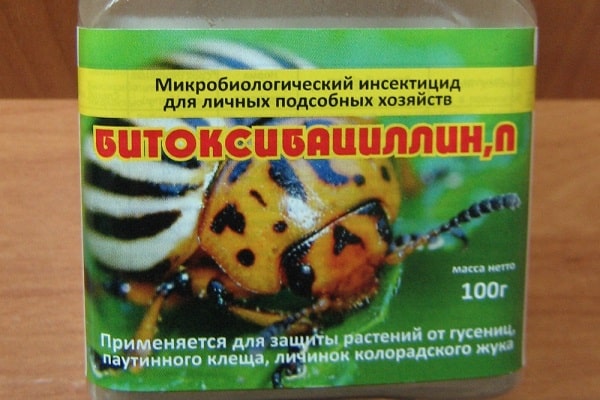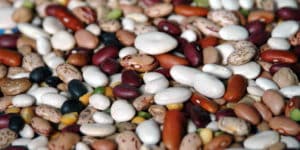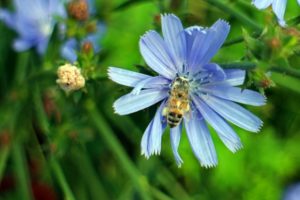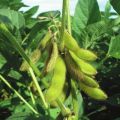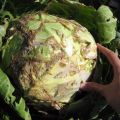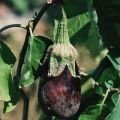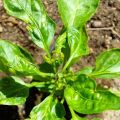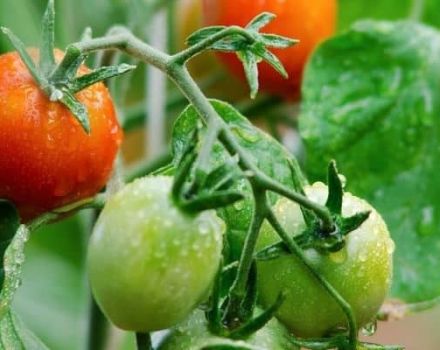Soy pests and diseases, control measures: what to do to protect
Soy is one of the most popular crops. In recent years, it has been especially in demand in the food industry. The plant produces good yields with proper care. However, there are a number of problems associated with the cultivation of this crop that you need to be aware of. There are many diseases and pests of soybeans. They are found everywhere in the areas where this plant grows. Next we will talk about the most famous.
Soy disease
Diseases can kill the plant both at the stage of seedling growth and during the formation of beans. They can greatly reduce yields or even destroy all crops.
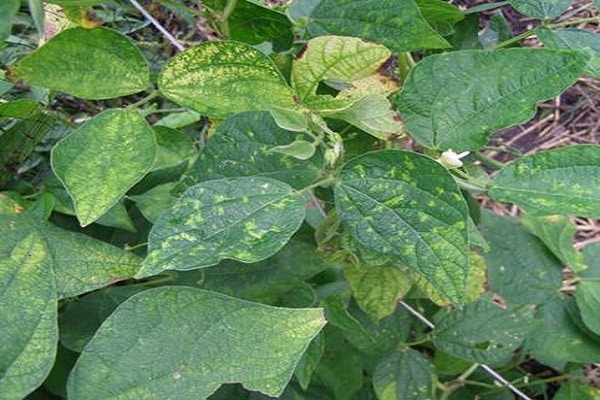
Fusarium
It is a fungal imperfect disease that is ubiquitous in areas growing soybeans... The disease affects both seedlings and adult plants.
A clear sign of the presence of Fusarium in seedlings is uneven thickening and deformation of the stems.
The cotyledons are covered with brown ulcers. They may have a pinkish bloom if excessive moisture is present.
During flowering, the disease can provoke drying, falling, twisting and yellowing of leaves.
Before the ripening period, due to fusarium, the leaflets of the fruits become discolored, covered with an orange bloom when high humidity is observed.
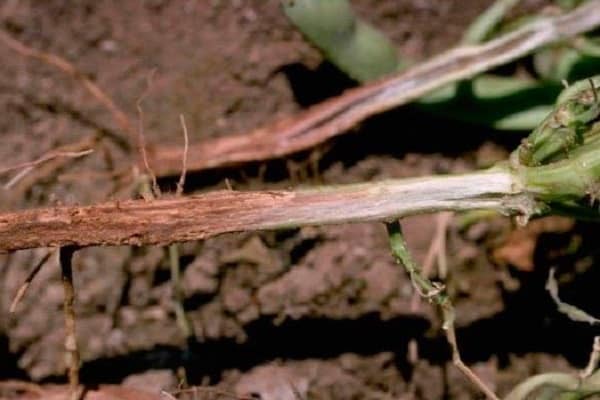
Cercosporosis
The disease is widespread throughout. In a plant that has cercospora, all parts above the ground are affected.
There are two types of manifestations of the disease: spots that have an ash tint, or dark brown. A dark gray bloom appears on the leaves. It does not form on beans, stem and seeds. There are no soybean varieties resistant to cercospora. Reduces the yield by 2-3 times.
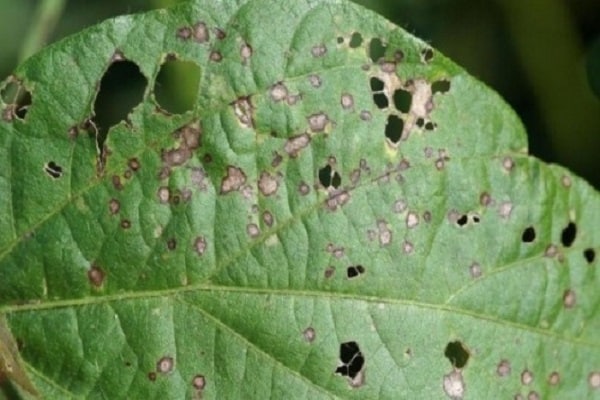
Peronosporosis
Peronosporosis, or downy mildew, is very common, but the most harmful effect is observed in areas with high humidity. It can manifest itself in two forms: with general suppression or with leaf spot.
In the first variant, spots appear on the leaves and cotyledons. They cover the entire plate or its base.
The second type is observed during the formation of fruits. At this moment, pale green spots appear on the leaves, eventually acquiring a brown tint. The leaves affected by the disease fall off.

Powdery mildew
This disease is most common in areas with a warm and humid climate.The nature of its manifestation is the appearance on the leaves, stem and pods of a cobweb bloom with a white tint.
It is ubiquitous, with an overly rapid development, the yield can fall by 10-15%.
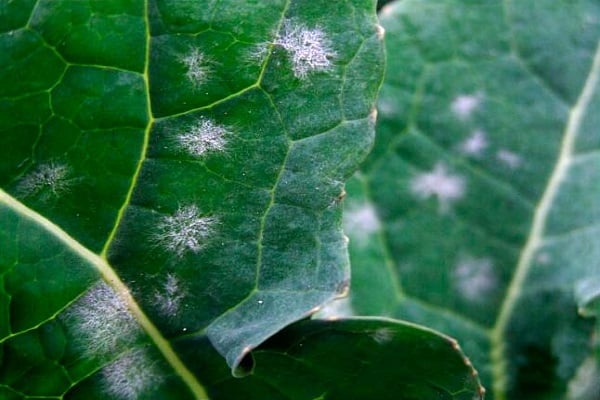
Rusty spot
The causative agent of the disease is the fungus Septoria glycines. Another name for the disease is septoria.
It is characterized by the appearance of spots of red-brown color, with a huge amount of pycnidia, on the cotyledons. The spots on the beans are much smaller than on the leaves. On the stem, the shape of the spots is longer, they are brown-brown in color.
High humidity and hot weather can provoke rapid disease progression. Most active in August after July showers. Causes leaf dieback, thereby greatly reducing the yield of soybeans.
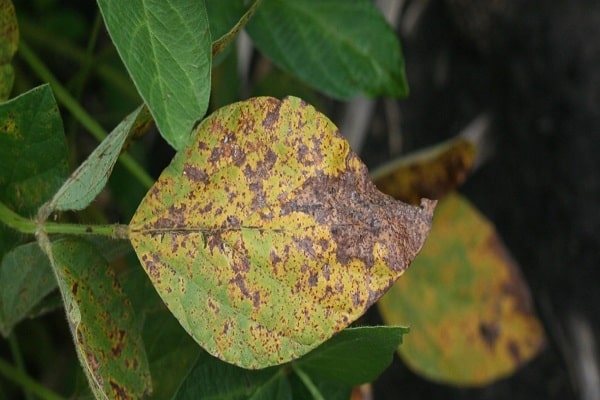
Pink mold
When infected on grains, beans, leaves and sometimes on the stems, a plaque of white and then pink pads appears.
The disease is especially active during the ripening of soybeans and in a humid environment.
It affects a large number of plants, sometimes found on the remains of rotting plants. Pink mold can also attack beans and seeds.
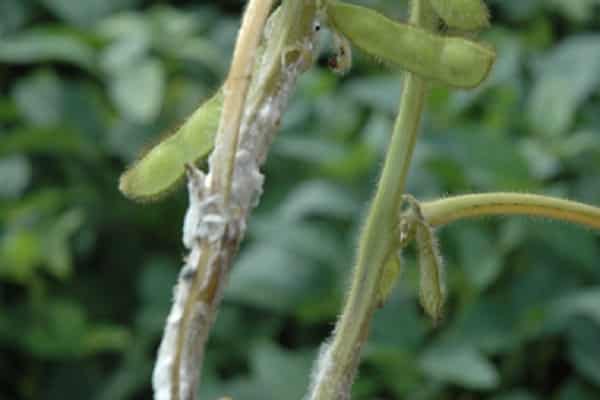
Rust
Distribution in almost all areas of crop cultivation, in temperate and warm climates. With a strong defeat and high disease activity, the yield drops dramatically.
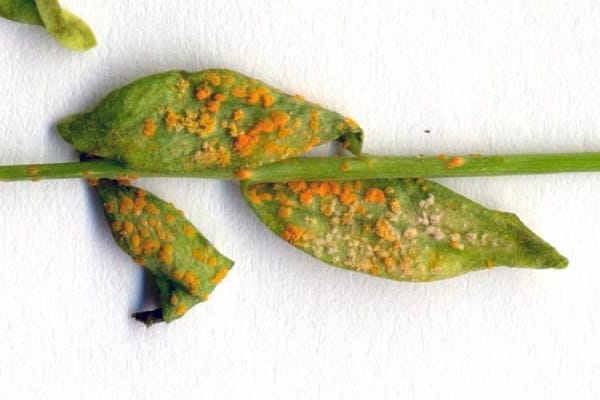
Ascochitosis
The disease affects all parts of the plant that are above the ground. Sign - spots of brown or gray color on cotyledons and leaves. Seeds with this disease have a very low germination rate. And the yield at high humidity can drop by 15-20% or more.
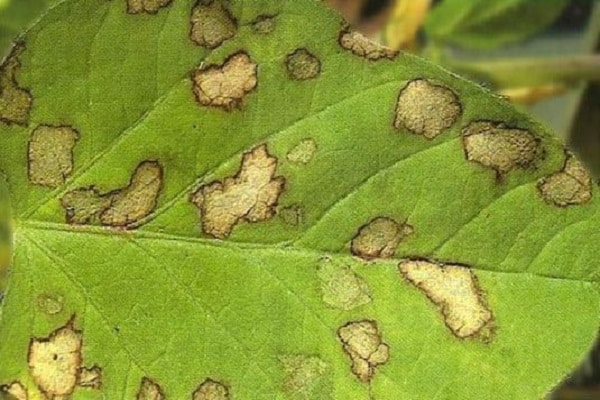
Soybean pests
Soybean pests are no less dangerous than diseases. There are many known insects capable of destroying plants.
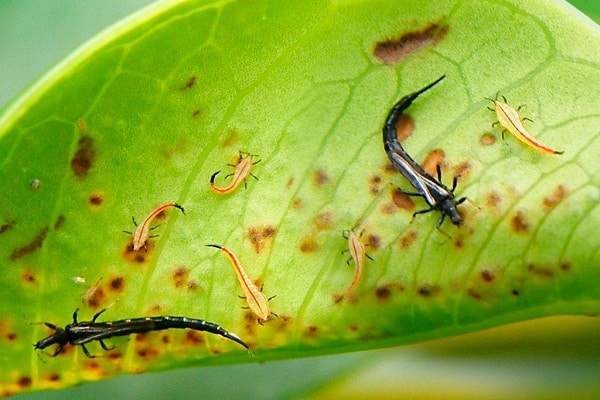
Sprout fly
An insect that is a fly larva. Its size is about 4-5 mm. Usually underground, it destroys seeds, which reduces seedlings by 20% or more. Later, it attacks the cotyledons and stems, which can lead to wilting of the plant.

Soy leaf beetle
The bug is about 5-6 mm in size. The insect is especially dangerous for a young plant. The larvae attack the stems and cotyledons, and the adults gnaw holes in the leaves. Soybeans, which are planted near the forest, do more harm.

Soy black-striped flea
Small insect measuring 3 mm. Attacks the cotyledons and stems of seedlings. It is not dangerous for adult plants during this period. And in the summer, she already destroys seeds from an adult culture.
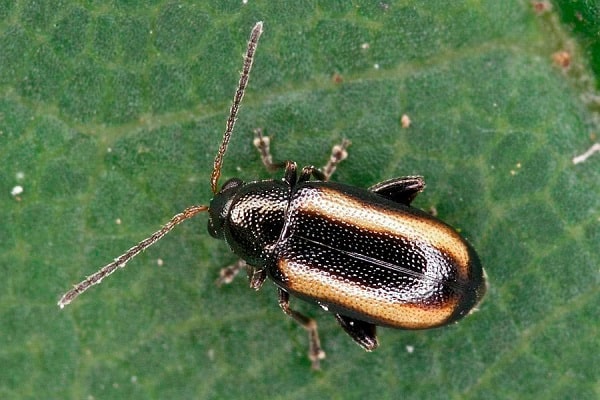
How to deal with pests and diseases?
To effectively eliminate harmful insects and various diseases in soybeans, you should know about the main measures to combat them.
Pre-treatment of seeds with insecticides provides reliable protection. It is also effective to control insects in the initial stages, when they have not yet reached their maximum size. The most effective are the following drugs:
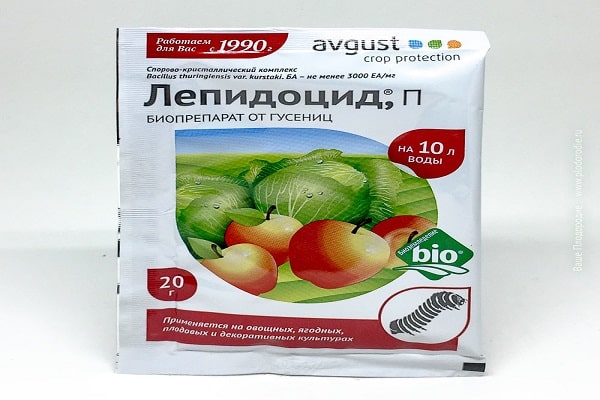
- Lepidocide;
- Entobacterin;
- Gomelin;
- Bitoxibacellin.
With a solution of 1% Bordeaux liquid, the beans are sprayed for the first time when they are formed, and the next treatment should be carried out after 10 days.
Shoots are treated with ground sulfur to prevent the appearance of powdery mildew and rust.
The preliminary preparation of seeds for sowing is important: they must be collected from healthy areas and carefully sorted. This will be the key to a good harvest.
